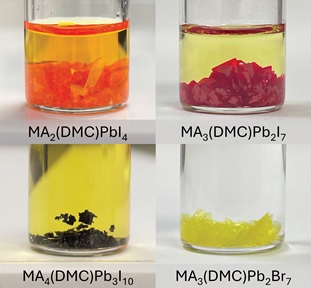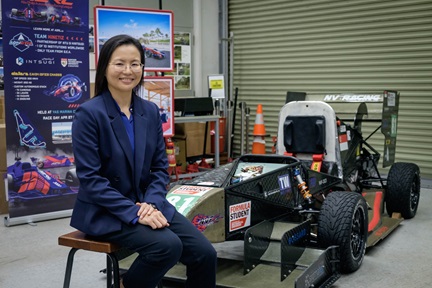A cool way of saving energy
NTU researchers have invented a way to optimise the energy consumption of air-conditioning systems in buildings.

In hot and sunny Singapore, the lion’s share of energy consumption in commercial buildings is used for central heating, ventilation and air-conditioning (HVAC) systems.
“HVAC systems account for up to 60% of the total energy requirements of commercial buildings,” says group leader Assoc Prof Su Rong from NTU’s School of Electrical and Electronic Engineering.
In their quest to develop energy efficient buildings, his research team invented a way for HVAC systems to be finely controlled using portable and inexpensive sensors that measure temperature, relative humidity, air flow and CO2 concentration—a measure of human occupancy.
Data is fed wirelessly into a hierarchical scheduling system, where it is integrated and computed based on an algorithm that determines the minimal amount of cool air required for each zone. Cool air supply is then optimised in a centralised manner to meet the temperature and ventilation requirements of individual zones. Cutting energy costs by up to 20% and enhancing the comfort of its users, the new system is not only applicable to new buildings but can be easily and cheaply retrofitted to existing buildings equipped with HVAC systems.



.tmb-listing.jpg?Culture=en&sfvrsn=29c7e020_1)
.tmb-listing.jpg?Culture=en&sfvrsn=ab6472c8_1)
.tmb-listing.jpg?Culture=en&sfvrsn=55153609_1)

